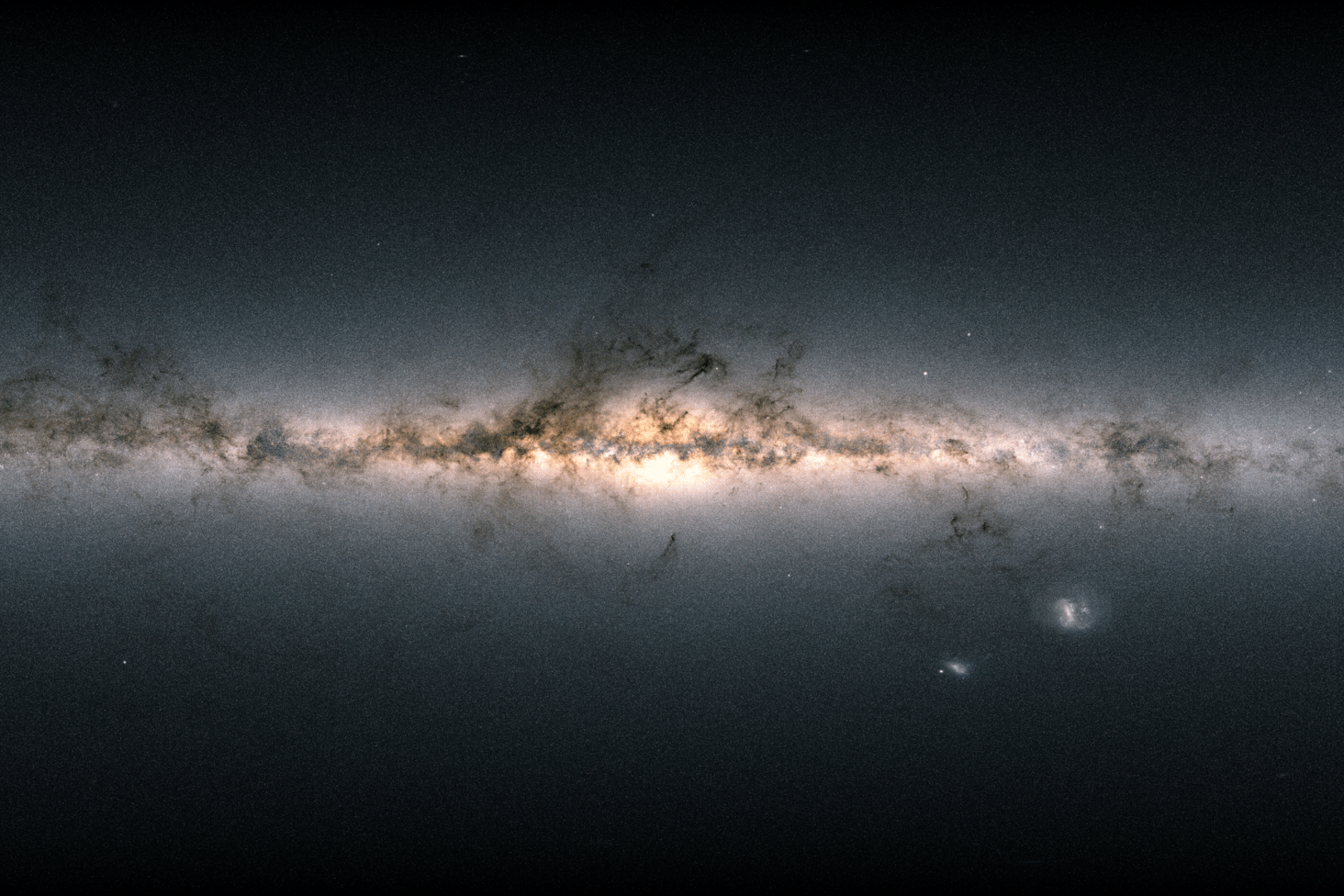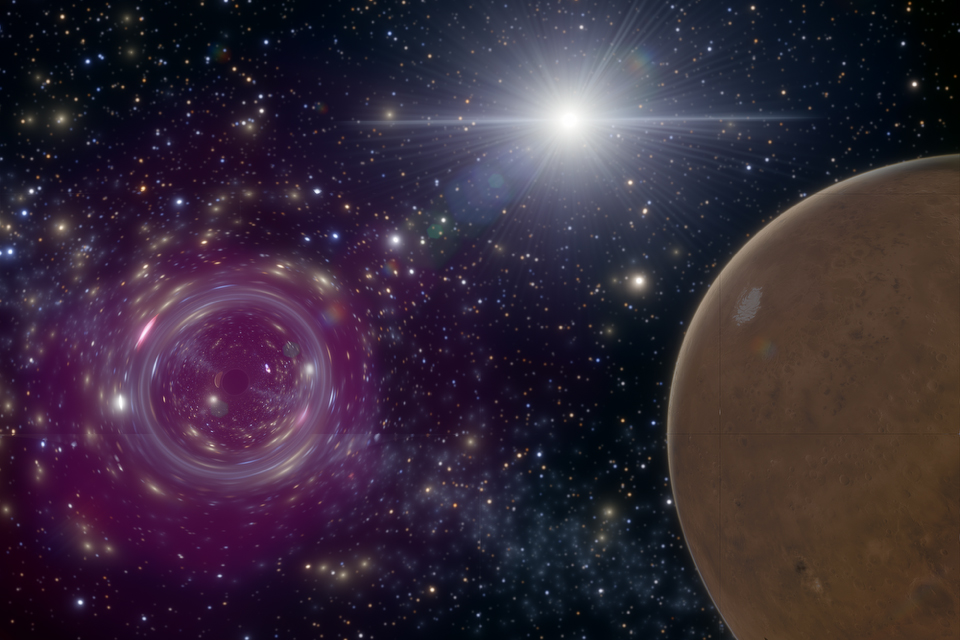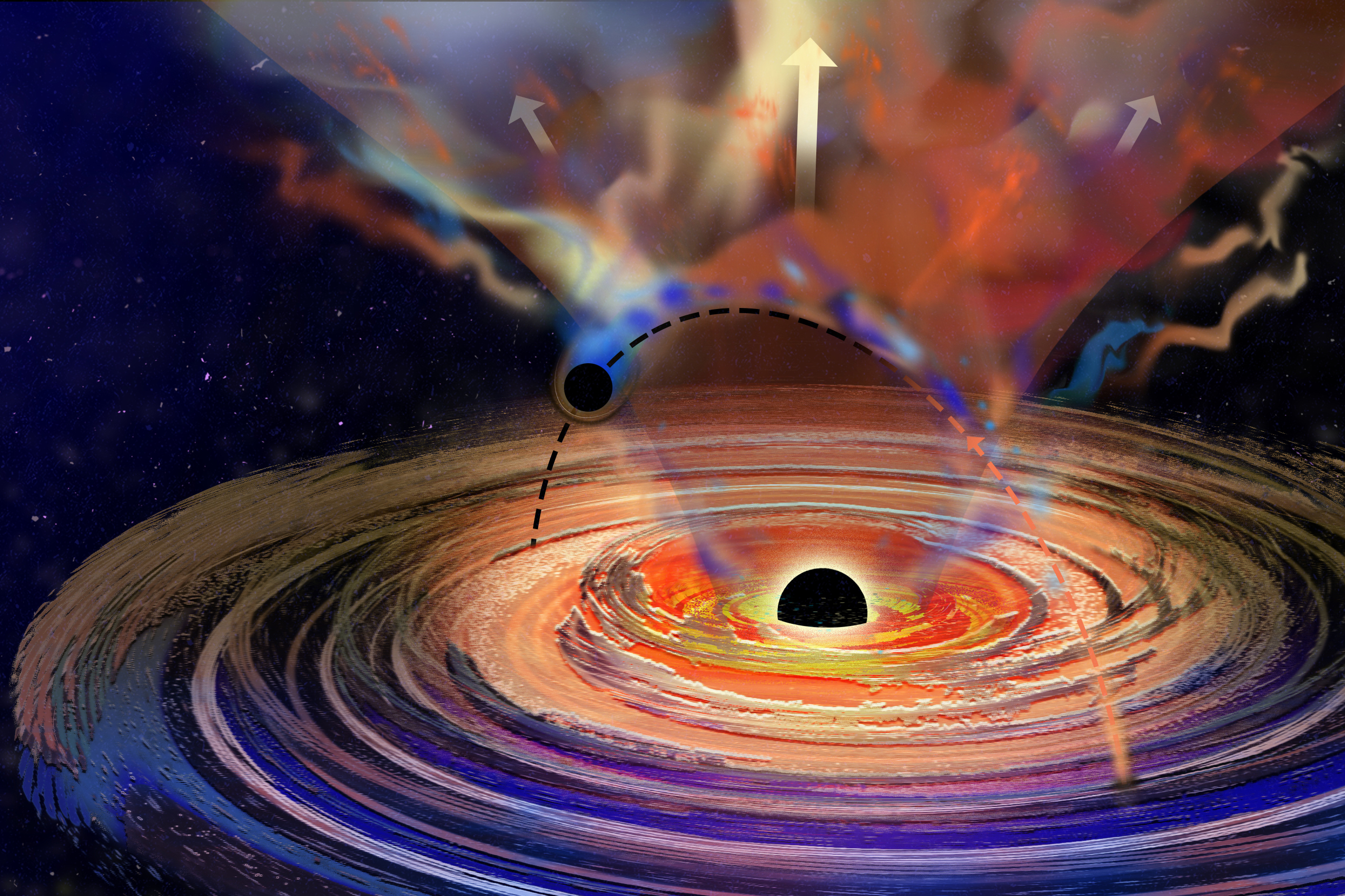Recent research by MIT physicists has unveiled an intriguing observation about the movement of stars in our Milky Way galaxy. Their study indicates that stars located farther away from the galactic center are rotating at lower speeds than what was previously anticipated, suggesting that the Milky Way’s core might be less massive and contain less dark matter than believed.
To reach these groundbreaking conclusions, the researchers utilized data provided by the Gaia and APOGEE instruments. Gaia, an advanced space telescope, meticulously tracks the motion, distance, and location of over 1 billion stars across the galaxy. Meanwhile, APOGEE operates as a ground-based survey that complements Gaia’s efforts. The team examined Gaia’s detailed measurements of over 33,000 stars, including those residing at the farthest reaches of the Milky Way, to calculate each star’s circular velocity—essentially the speed at which a star orbits the galactic center.
By plotting the velocities of these stars against their distances from the center, the scientists generated what is known as a rotation curve. This crucial graph provides insights into the distribution of both visible and dark matter within a galaxy.
Dr. Lina Necib, an assistant professor of physics at MIT, remarked, “We were astounded to discover that this curve remained flat up to a certain point before it sharply declined. This indicates that stars at the outer edges are orbiting more slowly than we expected, which is quite surprising.”
The research team translated their new rotation curve data into a dark matter distribution model, revealing that the Milky Way’s core may indeed be lighter than previously thought. This indicates a less dense center and a potential reduction in the amount of dark matter present.
Dr. Necib highlights the significance of this unexpected finding: “It creates a tension with other measurements, suggesting that something unusual is taking place. It’s thrilling to unravel this mystery and achieve a more cohesive understanding of the Milky Way.”
The detailed findings were recently published in the Monthly Notices of the Royal Society Journal, co-authored by researchers Xiaowei Ou, Anna-Christina Eilers, and Anna Frebel along with Dr. Necib.
The Galactic Dance
The Milky Way functions much like a swirling whirlpool, its rotation influenced by all the mass within its spiral arms. In the 1970s, notable astronomer Vera Rubin challenged the conventional understanding of galactic rotation by demonstrating that galaxies, including our Milky Way, have rotation curves that remain unexpectedly flat, suggesting the presence of unseen matter. This seminal discovery provided some of the first solid evidence for dark matter—an enigmatic entity presumed to outweigh all visible mass in the universe.
Over the years, astronomers observed similar flat rotation curves in distant galaxies, reinforcing the belief in dark matter’s prevalence, but studying our own galaxy’s rotation curve has proven challenging. “When you’re inside a galaxy, measuring its rotation curve comes with a unique set of difficulties,” notes Ou.
In 2019, Eilers employed earlier Gaia data to explore the Milky Way’s rotation curve, revealing a flat curve with a slight decline, implying a dense concentration of dark matter at its core. However, the latest Gaia data—now including stars located up to 30 kiloparsecs (approximately 100,000 light-years) from the galactic center—has shifted this understanding.
Frebel explains, “At these vast distances, we are reaching uncharted territory in the galaxy, a region where stars begin to dwindle.”
A Puzzling Discovery
Upon integrating the newer data, Frebel, Necib, Ou, and Eilers aimed to augment the insights from Eilers’ initial curve. They paired Gaia’s expansive data set with APOGEE’s detailed surveys of over 700,000 stars, encompassing critical attributes such as brightness and elemental composition.
“We leverage all this data into an algorithm that enhances our distance estimates, allowing us to explore deeper into the galaxy,” says Ou.
From this, they meticulously mapped over 33,000 stars, facilitating the creation of a three-dimensional representation of our galaxy extending out to 30 kiloparsecs. Using this model, they simulated the circular velocities of stars based on their locations and generated an updated rotation curve.
“That’s when the peculiarities began to emerge,” Necib notes.
Instead of a gradual decline, the new data revealed a steeper drop-off at the outer edges, indicating that stars are indeed moving slower than predicted. This unexpected observation led the researchers to reassess the amount of dark matter within the Milky Way, concluding that its core might not be as dark-matter-rich as once thought.
Necib emphasizes the potential implications of this finding: “Understanding these results could lead us to discover hidden masses beyond the edge of the galactic disk or a reevaluation of the equilibrium in our galaxy. We look forward to delving deeper using high-resolution simulations of similar galactic structures in future studies.”
This significant research received partial funding from the National Science Foundation.
Photo credit & article inspired by: Massachusetts Institute of Technology



